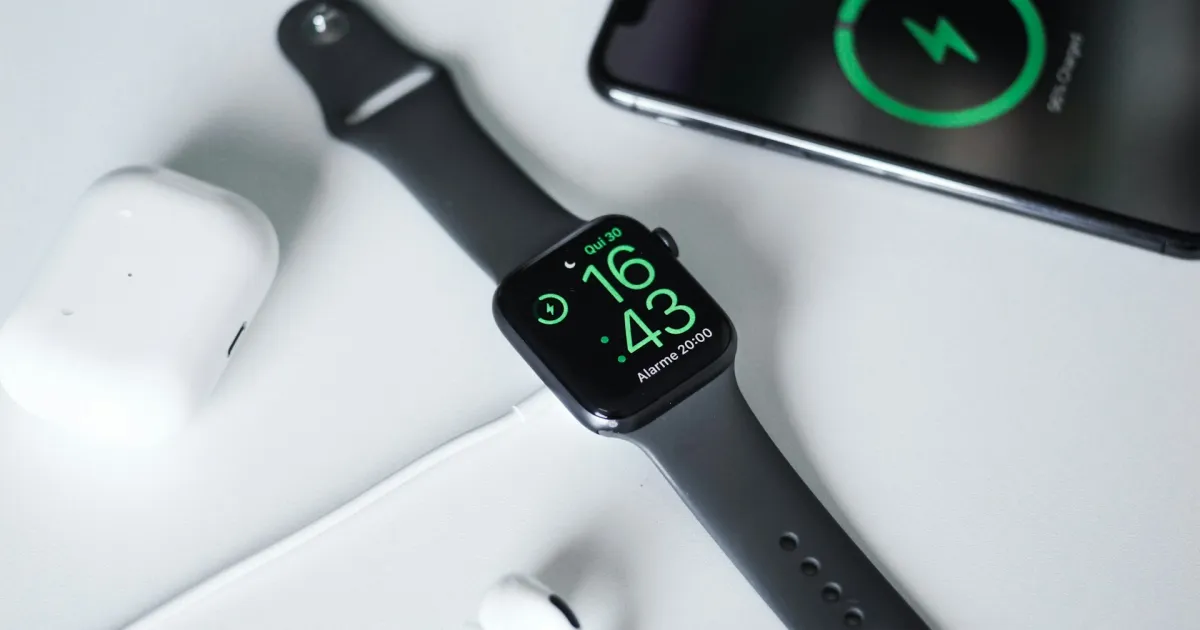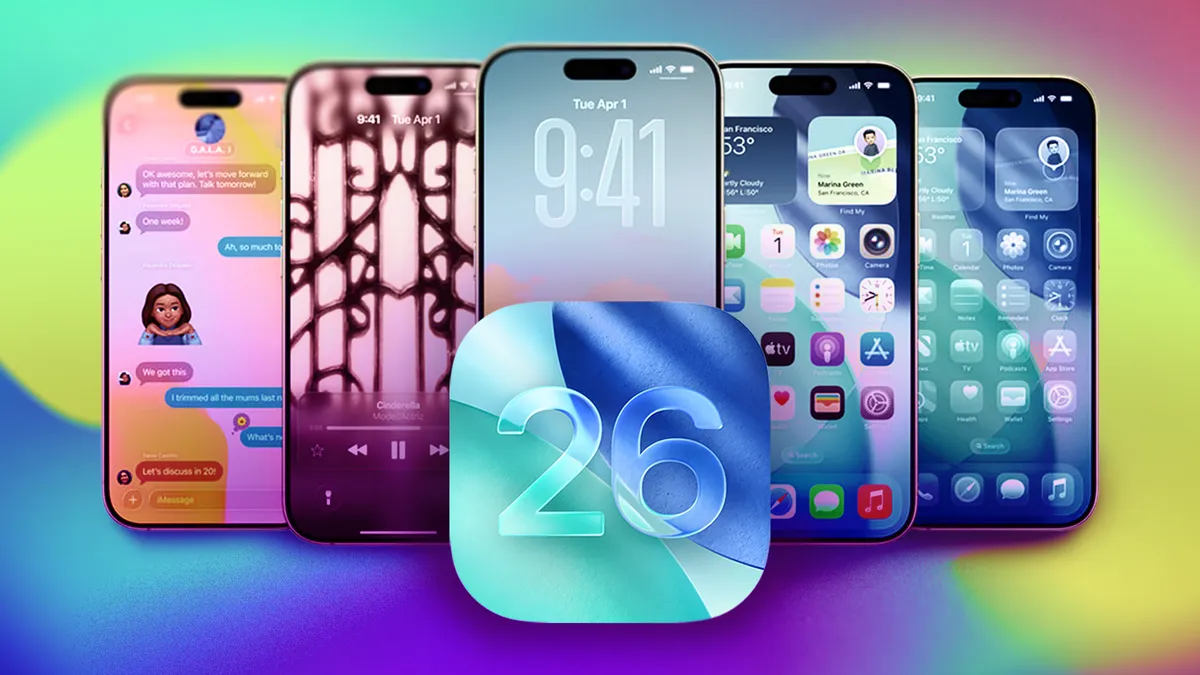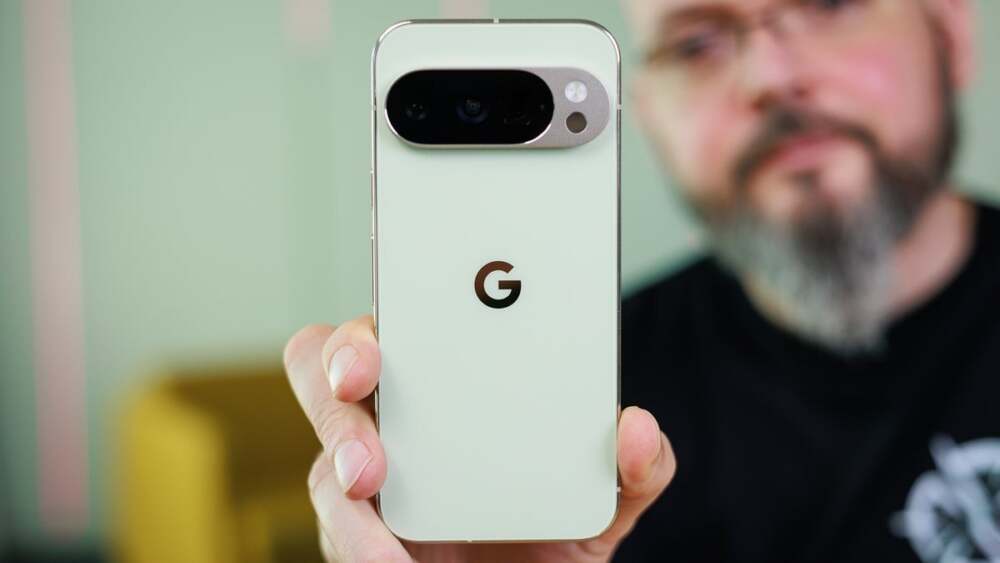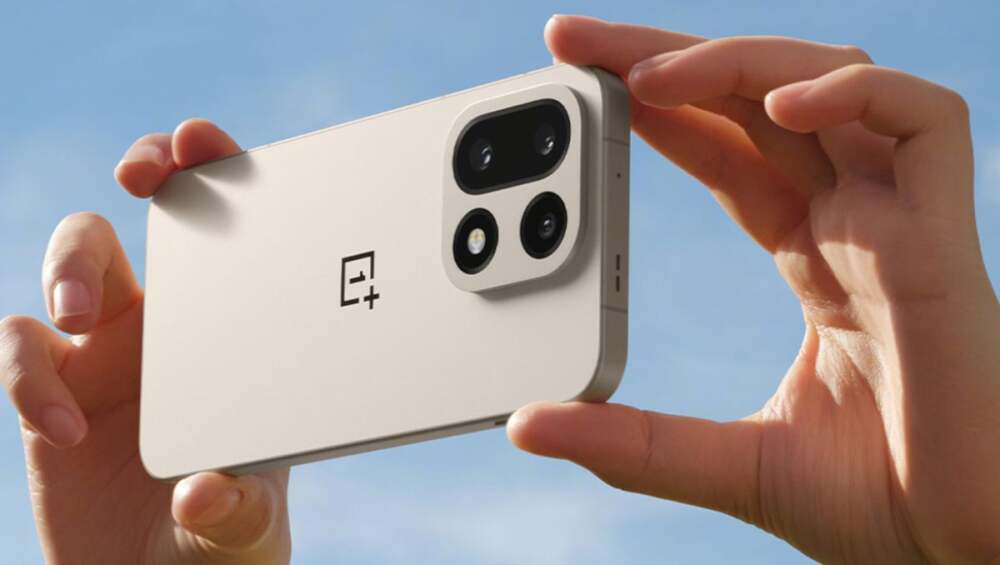For years, the Apple Watch has stood as one of the most popular smartwatches in the world, but it has always carried one major drawback: short battery life. Owners often had to plan their days around charging schedules, especially if they wanted to track workouts, monitor sleep, and still use it the following day. That constant dependence on a charger earned the device a reputation for being slightly inconvenient, despite its many groundbreaking features.
Now, Apple appears to be turning a corner. With the newest models, users are reporting significant improvements in endurance — enough to suggest that the watch may finally be able to shed some of the “training wheels” that Apple previously built into its software and usage requirements.
Longer Life, More Freedom
The latest Apple Watch models are delivering up to 28 hours of battery life under mixed usage — a leap over earlier versions. Even more striking, the Apple Watch Ultra 3 boasts an impressive 42 hours of power on a single charge, and even longer in low-power mode. For the first time, some users could potentially go several days without having to plug in.
This shift changes how people interact with the device. Instead of constantly thinking about when and where to recharge, users can now take extended trips, use sleep tracking more consistently, and trust their watch to last during demanding activities such as hiking, marathons, or long days of travel.
The End of “Training Wheels”?
In the past, Apple had to impose certain safeguards because of limited battery life. For instance, the company required that watches be at least 50 percent charged and connected to their chargers before installing software updates. This precaution prevented mid-update failures that could render the device unusable.
But with today’s stronger battery life, those restrictions may no longer be necessary. Future versions of watchOS could allow users to update their devices without tethering to a charger, giving owners more flexibility and convenience. The watch may also be able to handle more background tasks, health monitoring, and AI-driven features without users worrying about power drain.
Why It Matters
- Less Battery Anxiety: Daily charging may no longer be required for many users, which makes the watch far more practical for continuous use.
- Improved Health Tracking: Longer life supports uninterrupted data collection — including sleep and activity tracking — giving users a more complete health picture.
- Better User Experience: Removing artificial limitations such as charging requirements for updates would make the watch feel more seamless and trustworthy.
- Clearer Model Differentiation: The Ultra series can now stand out as the device for multi-day adventures, while the standard versions cater to everyday convenience.
Balancing Gains With Realities
It’s important to note that Apple achieved these improvements not just by increasing battery size, but through efficiency gains in software and hardware. While regular use sees major benefits, demanding features such as continuous GPS or high-brightness always-on displays still consume energy rapidly.
There is also the long-term question of battery health. Pushing more power out of relatively small batteries may cause them to degrade faster over years of heavy use. Consumers will need to see how these devices hold up with time.
What Comes Next
As Apple continues to refine its wearable ecosystem, longer battery life opens the door for more ambitious features. Always-on health monitoring, advanced background AI, and more standalone functionality could soon be standard. Competitors like Samsung and Google will also be under pressure to match Apple’s new benchmarks.
The real test will be whether Apple uses this momentum to remove the lingering “training wheels” and trust the watch’s endurance in all scenarios. If so, the Apple Watch could evolve from a device you have to manage into one that simply integrates into your lifestyle — no charger planning required.
Conclusion
The Apple Watch has always been a pioneer in wearable technology, but its limited battery life held it back from becoming truly indispensable. With the latest breakthroughs, Apple is edging closer to delivering a smartwatch that users can rely on for days at a time. That reliability could redefine the experience of owning an Apple Watch and set the stage for a new era in wearable technology.
















Leave a Reply